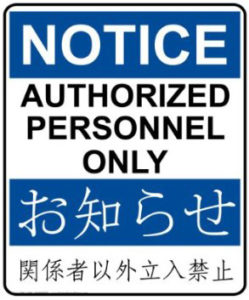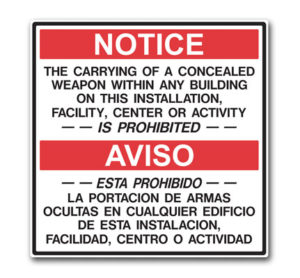I was in Mexico last week and was quite excited to try my Spanish there. I studied some Spanish 3–4 years ago using Michel Thomas courses, and did a few levels on Duolingo, and combined with my French, I can get a general sense of simple written Spanish, but I had literally zero on-ground speaking experience. There are plenty of Spanish speakers in California, so it’s not difficult at all to find people to chat with if you really care, but it somehow never happened.
It started right on landing in Cancún as I tried to coordinate a pick-up spot with my Uber driver. Using Google Translate on my phone for quick vocab checks when needed, I was able to get by reasonably well.
I noticed that my vocabulary and comfort level with the language grew consistently over the course of the week. This is far from surprising—it’s the whole point of immersion, of course.
I once heard a ferry crew member say something ending with maletas. I didn’t know what it meant, but the next day, I found a sign that used that word, and from the context, it was clear that maleta meant suitcase / bag. This is now a word I can start using in conversation as appropriate. On another occasion, we were renting snorkel equipment, and I didn’t know what the Spanish word for the snorkel mask was, but I saw a placard listing prices for chalecos, máscaras etc. and I knew from the previous day’s experience that chaleco meant jacket (in this case, lifejacket), and máscaras instantly clicked with the English word for the make-up item, and voilà, I had learnt a new word.
This made me think of how strongly this contrasted with my experience living in Japan. I had studied Japanese for about three semesters and had roughly an N4 level of competency. I could manage plenty of grammatical constructions, could talk about the weather and assorted paraphernalia… you get the idea.
The bigger issue with Japanese was vocabulary. Since there are hardly any cognates between Japanese and the other languages I knew, I had to build my vocabulary ground up, since you don’t get plenty of words for ‘free’ the way you do for French or Spanish. Typically, here is where immersion really helps.
Whenever I visit a new place I obsessively read all signs, hoardings and the like. If it’s a script I am not very fluent with, it takes a while to process them but slowly you start seeing patterns and it helps grow your lexicon.
No thanks to the non-phonetic writing systems used by Chinese / Japanese, this is all but impossible to do for these languages. When you visit Japan, you are surrounded by a ton of Japanese text, most of which you can not understand, which is normal for a beginner, but most of which you can’t even read, which is a perversity you encounter only in a select few places in the world.

A Japanese-English Sign
When a new learner sees a Japanese (or Chinese) sign, for example, they can probably identify a few characters, but everything else is completely opaque to them. They don’t know how it is pronounced or what the word boundaries are and there is no easy way to figure it out. If you know enough characters already, you can kinda sorta make out the meaning of a new character or a bunch of them, but in Japanese, knowing the sound for one of those characters from a previous encounter often isn’t much help either because of the multiple readings each character can have (kunyomi, onyomi etc.)
For other languages, you’d at least be able to read what the word is, even if you don’t know what it means. And if you have a bilingual sign, you can figure out the meanings of multiple unknown words in a sentence by comparing them to their English counterparts, once you have a general sense of the syntax of the target language and some basic vocabulary.

A Spanish-English Sign
Note that this isn’t about using the Roman script for all languages. The respective phonetic scripts used by most languages of the world are adequate enough for this. As I have discussed in a previous article, learning such scripts is usually not very difficult, and it’s just an easy hike you do before you start climbing the actual mountain.
There’s a school of pedagogy (that I wholeheartedly agree with) that suggests that students of Chinese be taught the language almost entirely using Romanized Chinese (say, pinyin), and that characters be introduced much later in the curriculum, by which time they have enough context about the language to be able to learn them more easily. This makes sense because the daunting nature of the writing system often acts as a disincentive to learn what is otherwise a relatively easy language, the tonal system notwithstanding. The syntax is relatively straightforward and while the tones can be a challenge, they are not too bad. Likewise for Japanese where the syllabaries Hiragana and Katakana can be used in the beginning.
While ignoring their inscrutable scripts will definitely make life easier for people learning C/J, it doesn’t exactly make up for the missed opportunity for organic vocabulary enrichment that these languages deprive their learners of due to their writing systems.
(Thanks to Alankar for feedback on the first draft of this post)
